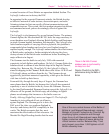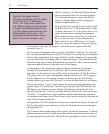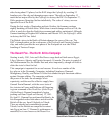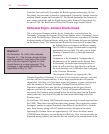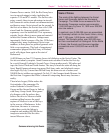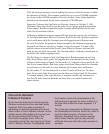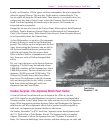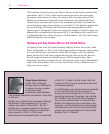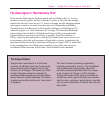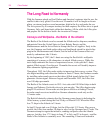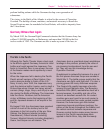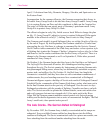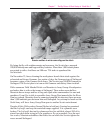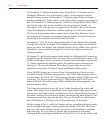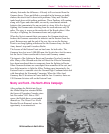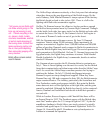
Chapter 7 The Big Picture: A Short History of World War II
135
The Allies Agree to “Beat Germany First”
In the months following the Japanese attack on Pearl Harbor, the U.S. is in no
position to actively pursue the war in Europe. Its army is far below the strength
required for the task, there are no U.S. forces in Europe, and the shipping needed
to transport a massive invasion force does not exist. Despite these problems,
Churchill meets with Roosevelt at the Arcadia Conference in Washington, D.C.,
where they agree on a “beat Germany first” strategy. The American leadership
acknowledges that the bulk of Allied ground forces will have to confront the
German threat as soon and as decisively as possible. From Pearl Harbor to
D-Day, American determination to confront the German army never wavers, but
events make it clear that half-measures will not lead to victory. In particular, the
disastrous British raid on the French port of Dieppe in August 1942, in which half
of the attacking force of 6,000 become casualties, shows that only a massive,
coordinated Allied invasion will provide a firm foothold on the continent.
The Dieppe Debacle
Despite their commitment to a full-scale
invasion, the British launch an ill-conceived
cross-channel raid in August 1942 on the
French port of Dieppe. This attack by 6,000
mostly Canadian soldiers is intended to
provide combat experience and information
about German coastal defenses. The plan is
to seize and briefly hold the port, then return
to England.
The raid is indeed a learning experience,
imparting some bitter lessons. The Canadians
are repulsed with heavy losses (about 50
percent), dampening British ardor for a large-
scale invasion of France in 1943. Fortress
Europe will remain firmly shut to the Allies for
almost two more years, until they can accumu-
late the men, machines, and materialand the
willto mount Operation Overlord and kick the
door down.



